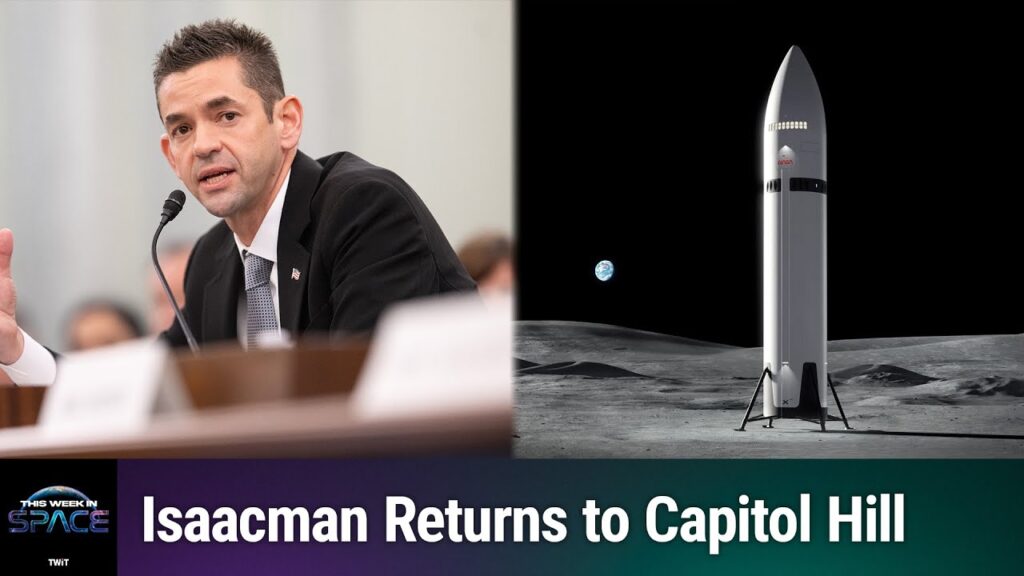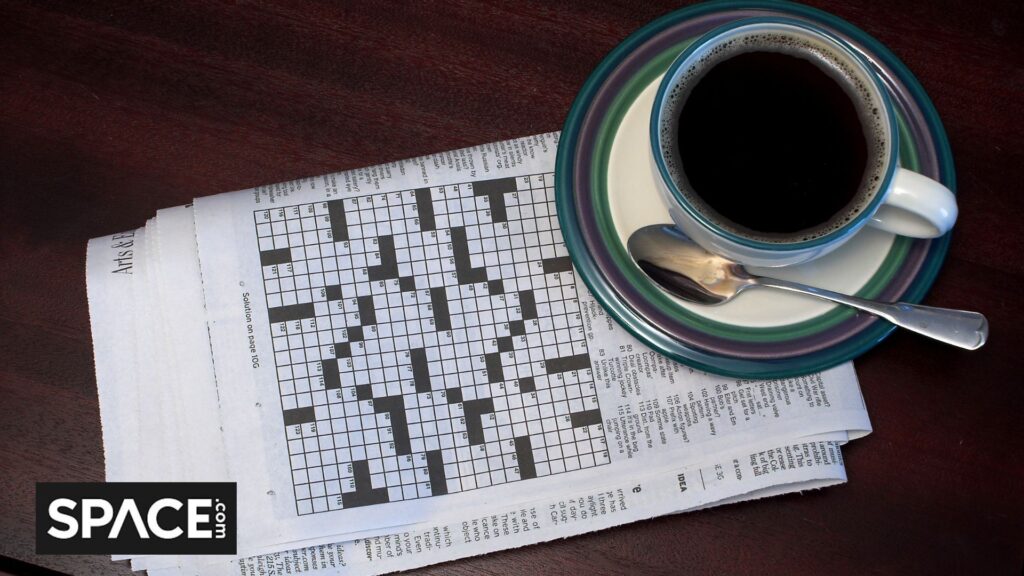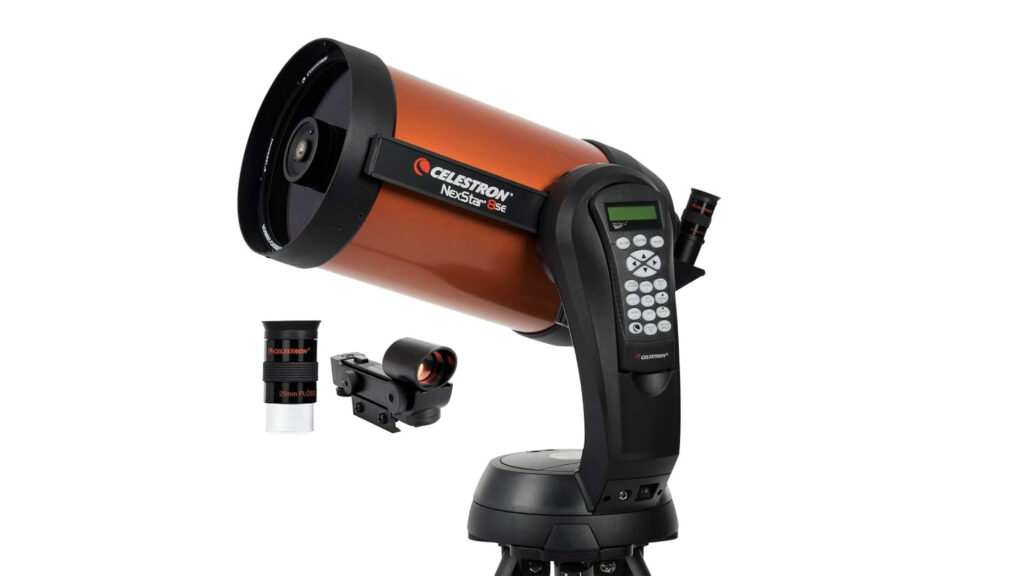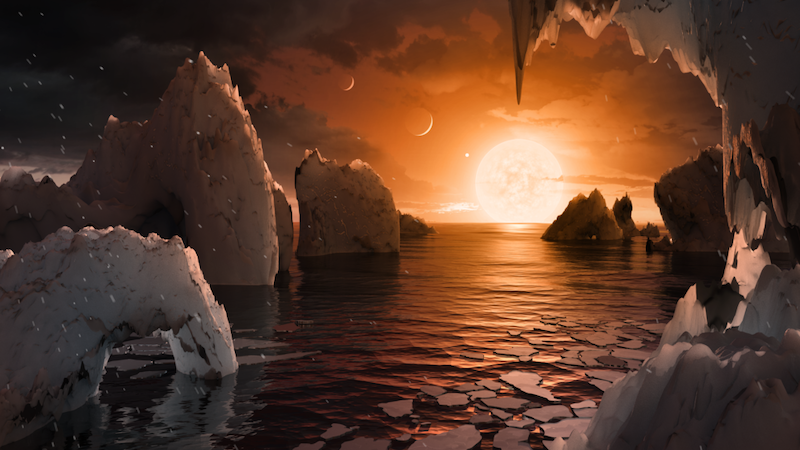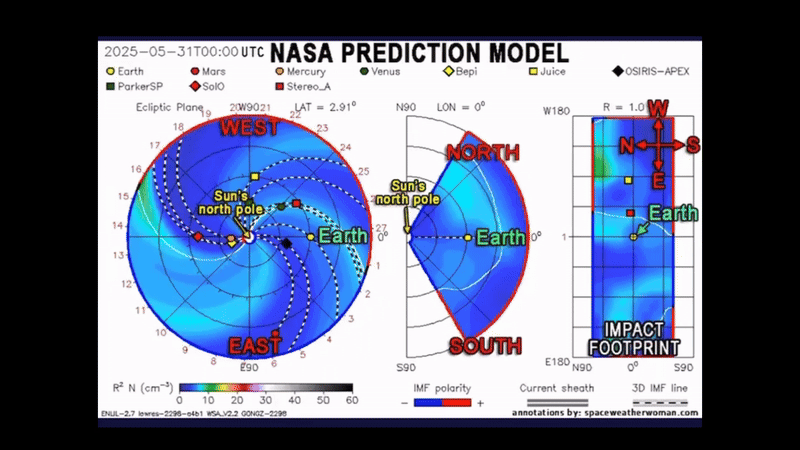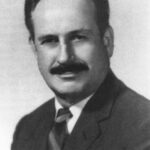Now Reading: Severe G4 geomagnetic storm sparks northern lights across US and beyond (photos)
-
01
Severe G4 geomagnetic storm sparks northern lights across US and beyond (photos)
Severe G4 geomagnetic storm sparks northern lights across US and beyond (photos)
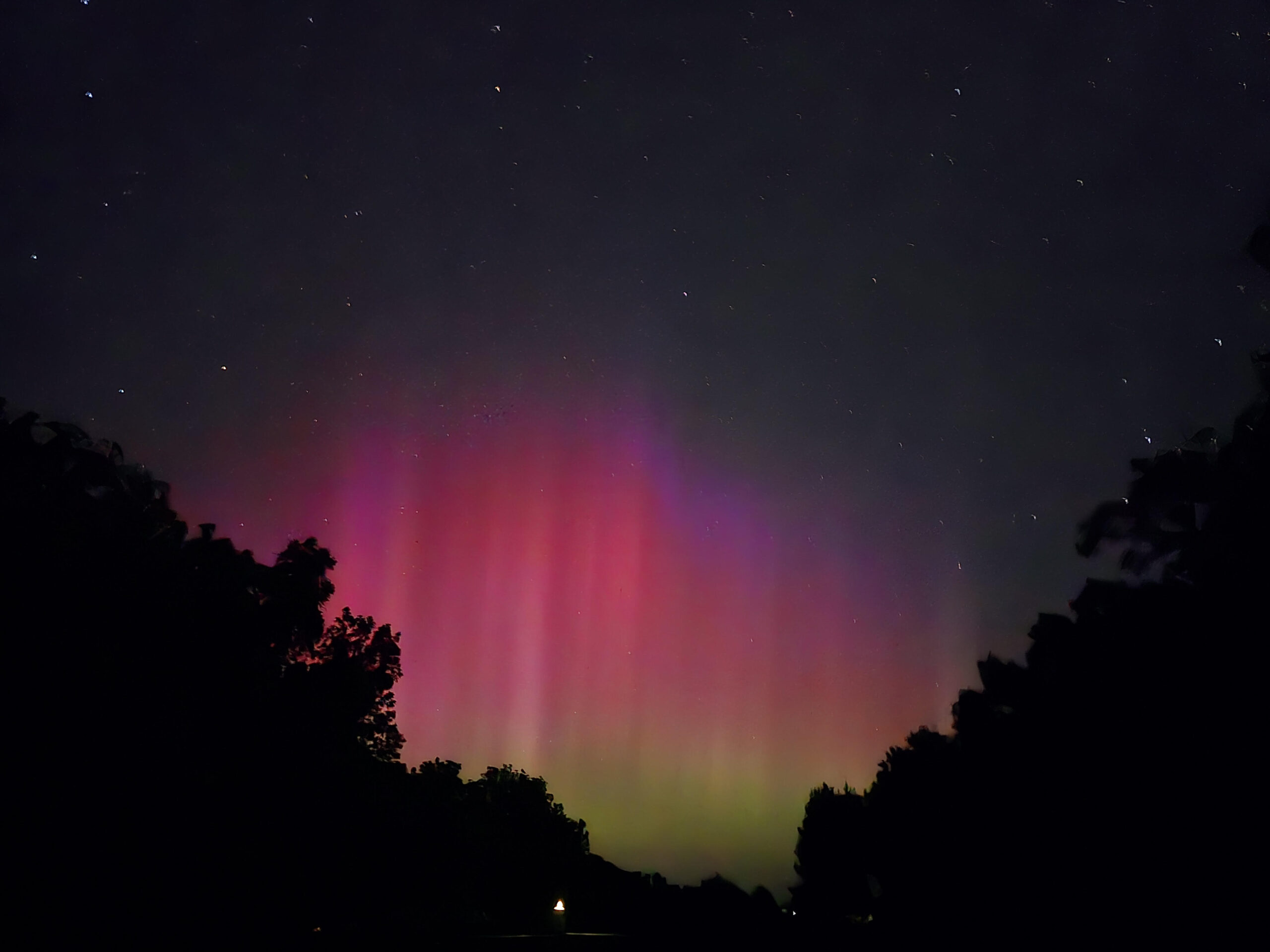
Wow, what a show!
Our planet is currently reverberating from the impact of a powerful coronal mass ejection (CME) that struck Earth head-on in the early hours of June 1 — and the resulting auroras were absolutely stunning.
The CME erupted during an M8.2 class solar flare eruption on May 30 at 8:05 p.m. EDT (00:05 GMT on May 31) and has been racing toward Earth at nearly 1,938 km/s or 4.3 million mph. When it slammed into Earth’s magnetic field, the impact triggered a severe (G4) geomagnetic storm, which in turn led to striking auroras deep into mid-latitudes.
CMEs carry electrically charged atoms, known as ions. When these ions collide with Earth’s magnetosphere, they can trigger geomagnetic storms — major disturbances in Earth’s magnetosphere. During such storms, the ions interact with gases in Earth’s atmosphere, releasing energy in the form of light. This light is observed as the northern lights, or aurora borealis, in the Northern Hemisphere, and the southern lights, or aurora australis, in the Southern Hemisphere. Geomagnetic storms are classified using a G-scale that measures their intensity, ranging from G1 for minor storms to G5, the most extreme.
The severe geomagnetic storm conditions reached last night were relished by aurora chasers in both the Northern and Southern hemispheres (those who were still awake anyway). It’s likely that the active geomagnetic storm conditions will continue for some time, which is good news for those in Europe, where the sun was already up when this G4 storm began.
“G4 storm conditions reached! We are still in the early part of the CME and the ongoing geomagnetic storm, more to come. 12 hours to go for Europe,” aurora chaser Jure Atanackov wrote in a post on X.
While we wait to see what’s in store for tonight, let’s first sit back, relax and enjoy the stunning show from last night captured by avid aurora chasers around the world.
Terry Griffin captured some beautiful aurora pillars during the geomagnetic storm with his Samsung S24 Ultra.
“The white pillars stood out to the naked eye more so than the colors,” Griffin told Space.com in an email.
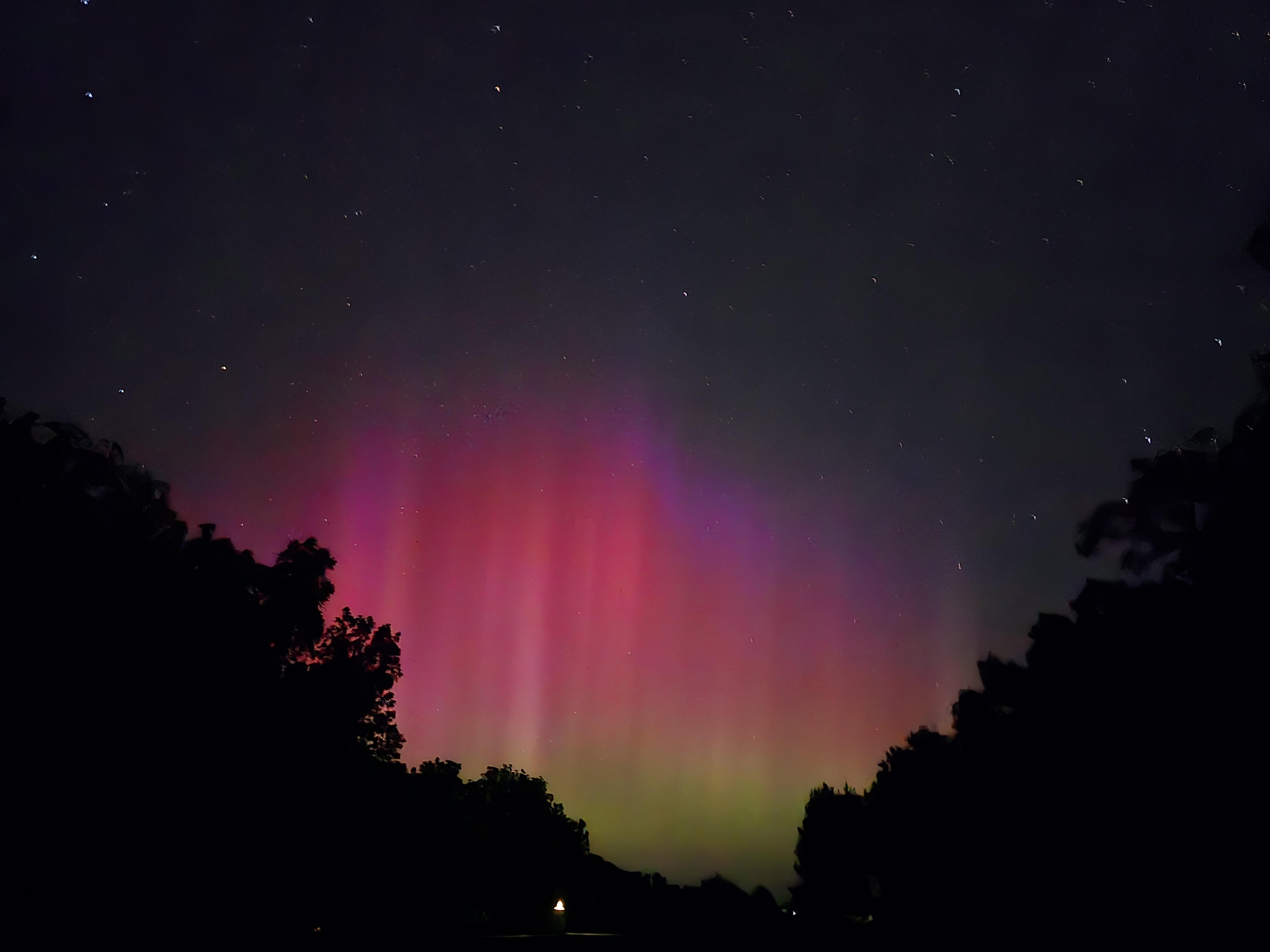
Griffin captured this impressive photograph at 2:39 a.m. local time from St George, Kansas, U.S.
“Sat the phone on the ground and tilted it up. Easy peasy,” Griffin continued.
Aurora chaser Brendon captured some fabulous shots of the aurora from the North side of Cheyenne, Wyoming.
“Ok, so that was a show,” Brendon wrote in a post on X.
Ok, so that was a showNorth side of Cheyenne, Wyoming pic.twitter.com/qFEzJNhHDqJune 1, 2025
Aurora photographer Derick Wilson captured a stunning hyper-lapse of the northern lights dancing over Farmington, New Mexico, at 2:15 a.m. local time.
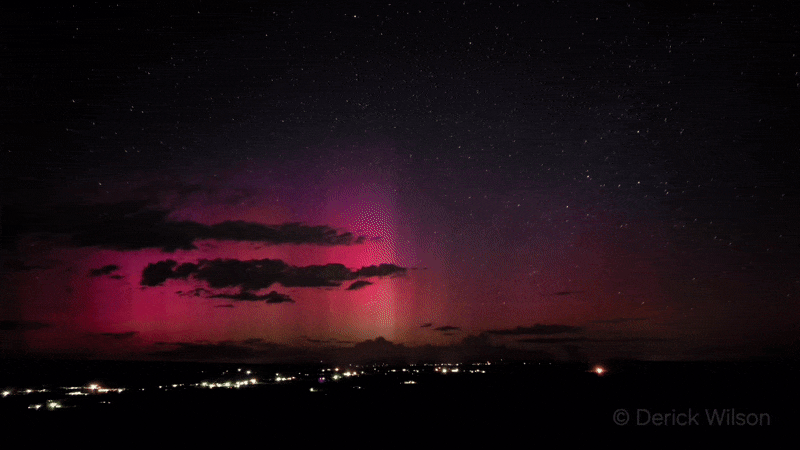
“Visible aurora this far south is such a rare occurrence I knew to keep an eye on the solarwind data,” Wilson told Space.com in an email. “When the expected solarstorm arrived early I knew I had to get far from city lights. And it’s amazing what cell phone cameras can capture these days.”
“Discreet rays occasionally drifted eastward but went diffuse and faded…. For now,” Wilson wrote in a post on X.
215amSlowed hyperlapse of the visible #aurora over the last hour north of Farmington NM. Discreet rays occasionally drifted eastward but went diffuse and faded…. For now pic.twitter.com/fwTpXH4X5pJune 1, 2025
The thick smoke from wildfires was no match for the northern lights above Minnesota, U.S.
“Smokey auroras tonight in Northern Minnesota. It was strong enough for the aurora to completely visible to naked eye. As well tint of red color to the naked eye,” Gabe Zogo wrote in a post on X.
Smokey auroras tonight in Northern Minnesota. It was strong enough for the aurora to completely visible to naked eye. As well tint of red color to the naked eye. #spaceweather #aurora #auroraborealis #mnwx #northernlights pic.twitter.com/WTBcRXvI2DJune 1, 2025
Auroras were also spotted over San Diego, California, during the early phase of the solar storm.
“Nice catch! Confirmed #aurora visible on webcams as far south as San Diego, California, USA during the early phase of this ongoing #solarstorm,” Space weather physicist Tamitha Skov wrote in a post on X.
Nice catch! Confirmed #aurora visible on webcams as far south as San Diego, California, USA during the early phase of this ongoing #solarstorm. Thanks for reporting! https://t.co/MekMzZlmbSJune 1, 2025
Southern Hemisphere skywatchers also got quite the treat last night, with vibrant red and pink auroras documented above Queenstown, Tasmania.
The southern hemisphere is on fire with red and pink aurora happening now!https://t.co/rSOKoXyKbA pic.twitter.com/sxU7K6qtPWJune 1, 2025
Amateur astronomer and photographer Paul Stewart captured a striking red aurora show above New Zealand.
“Bit of an #Aurora going on in New Zealand tonight,” Stewart wrote in a post on X.
Bit of an #Aurora going on in New Zealand tonight pic.twitter.com/lGToGjuqQ4June 1, 2025
Photographer Mitch Young took these beautiful photographs of the southern lights above Metung, Victoria, Australia around 7:50 p.m. local time.
Aurora’s Victoria, AustraliaSome Incredible Aurora’s are being captured around the Globe.Photos Below are from Metung, Victoria at 7:50pm local time.10s exposure on an iPhone 16 Pro Max was used.#auroras #GeomagneticStorm #Australia 📷 Mitch Young pic.twitter.com/pPMSJXhlQyJune 1, 2025
Young used 10s exposure on an iPhone 16 Pro Max to capture these shots.
Editor’s note: If you snap a great picture of the northern or southern lights and would like to share it with Space.com’s readers, send your photo(s), comments, and your name and location to spacephotos@space.com.
Stay Informed With the Latest & Most Important News
Previous Post
Next Post
-
 012024 in Review: Highlights from NASA in Silicon Valley
012024 in Review: Highlights from NASA in Silicon Valley -
 02Panasonic Leica Summilux DG 15mm f/1.7 ASPH review
02Panasonic Leica Summilux DG 15mm f/1.7 ASPH review -
 03How New NASA, India Earth Satellite NISAR Will See Earth
03How New NASA, India Earth Satellite NISAR Will See Earth -
 04And Thus Begins A New Year For Life On Earth
04And Thus Begins A New Year For Life On Earth -
 05Astronomy Activation Ambassadors: A New Era
05Astronomy Activation Ambassadors: A New Era -
06SpaceX launch surge helps set new global launch record in 2024
-
 07From Polymerization-Enabled Folding and Assembly to Chemical Evolution: Key Processes for Emergence of Functional Polymers in the Origin of Life
07From Polymerization-Enabled Folding and Assembly to Chemical Evolution: Key Processes for Emergence of Functional Polymers in the Origin of Life












